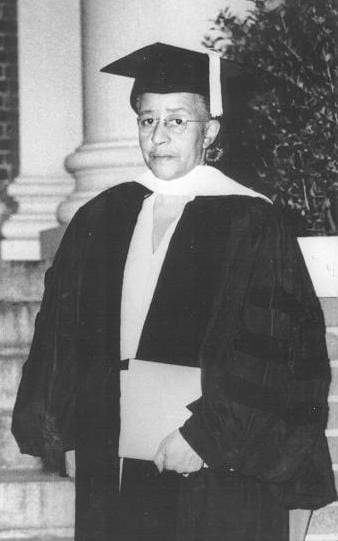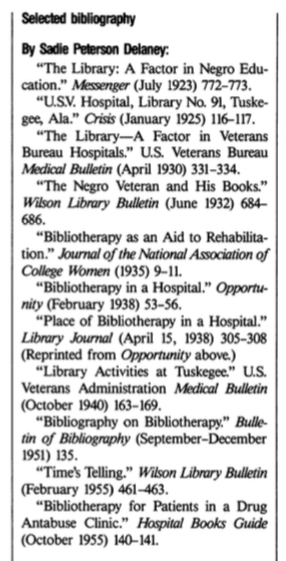by contributing editor Brooke Palmieri
The debate over whether reading is good or bad for your health is as old as the habit itself. In The Anatomy of Melancholy reading and scholarship sometimes cause, sometimes cure, Robert Burton’s depression; the publication of The Sorrows of Young Werther inspired a Wertherfieber, causing young men in Germany to dress and act like Werther, possibly to commit suicide like Werther, and with other novels it contributed to a public health debate in Germany over the consequences of reading. Robert Darnton’s “First Steps Toward a History of Reading” cites J.G. Heinzmann, who in 1795 wrote that reading caused “susceptibility to cold, headaches, weakening of the eyes, heat rashes, gout, arthritis, haemorrhoids, asthma, apoplexy, pulmonary disease, indigestion, blocking of the bowels, nervous disorder, migraines, epilepsy, hypochondria, and melancholy.” On the other hand, in 1812 Benjamin Rush advocated strongly in favor of reading in Medical Inquiries and Observations Upon the Disease of the Mind. Departing from the exclusive prescription of the Bible, he wrote that “when there is no relish for the simple and interesting stories contained in the Bible, the reading of novels should be recommended to our patients.” The power of reading binds together the fate of the body and mind, and transforms them both—if you ever took duality for granted.
And for those who believe in the transformative power of reading, now and throughout history, Sadie Peterson Delaney (1889-1958) is a modern hero. Reading’s health benefits were not a theoretical pursuit for her, but a matter of will. As the chief librarian of the Veterans Administration Hospital and a “Pioneer Bibliotherapist,” she ensured it had a positive influence on her patients.

Delaney in 1950, receiving an honorary doctorate from Atlanta University. Wikimedia Commons.
Bibliotherapy, the idea of reading certain books for their healing purposes, is not new: Diodorus Siculous tells us that the Egyptian King Ramses II inscribed “House of Healing for the Soul” over the entrance his library, and lived to be ninety. Religions of the book—Islam, Judaism, Christianity—incorporate a notion of bibliotherapy into the reading of sacred texts. Institutions like the York Retreat in England, a Quaker-run asylum, prescribed sacred texts, but Benjamin Rush’s more wide-ranging reading recommendations were influential over the course of the nineteenth century in American asylums, including the Hartford Retreat, the Bloomingdale Asylum, the McLean Hospital, and the Friends Asylum. But the word “bibliotherapy” was only coined in an Atlantic Monthly article from 1916.
Since then, above all thanks to the work of women like Sadie P. Delaney, there has been a rise in the body of bibliotheraputic writing and research that would make an immense resource and library for the historian of reading practices if gathered together in one place. The practice connects the efforts of library and medical professionals alike. Both feature reading lists and their application to case studies: bibliotherapy is applied to children in order to change their attitudes towards race, class, and disability; it’s applied to those whose parents are divorced or who have experienced abuse; it’s applied to adults who suffer from alcoholism or post traumatic stress disorder. A dissertation has been conducted on the effects of reading Zhuang Zi’s fables on stressed Taiwanese college students (“the results show the beneficial effects”); another dissertation applies a “bibliotherapy approach to preventing dating abuse in adolescent girls” through readings of Twilight, True Love, and You (2011)—an intervention that “did not demonstrate clear effects…. but there was some indication of change in attitudes regarding romantic myths and identification of controlling behaviours in relationships.”
Eleanor Frances Brown shows in Bibliotherapy and its widening applications (1975) how much of the widening application of bibliotherapy has been made possible by Delaney herself. In 1920, Delaney was assigned to the 135th Street Branch of the New York Public Library. She would have worked with African-Americans as well as immigrant communities of Italian, Chinese, and Jewish heritage. During that time—according to a profile on her life by Betty K. Gubert in the American Libraries journal—Delaney especially worked with building the library’s collections of books in Braille and Moon Point (another language for the visually impaired), learning both languages herself to better aid visitors to the library, and working with “juvenile delinquents.” The NYPL’s Schomburg Center for Research in Black Culture houses the Sadie P. Delaney Papers, featuring correspondence from the time between Delaney and W.E.B. Du Bois, Langston Hughes, Booker T. Washington, and other black luminaries of the time.

Selected works by Sadie P. Delaney.
In 1924 she was appointed chief librarian at the Veterans’ Hospital in Tuskegee, Alabama. The library opened with two hundred books in 1925 and increased to four thousand volumes by the end of the year. Likewise, book circulation began at 275 and increased to 1,500, based on Delaney’s practice of getting to know patients on an individual basis and recommending books to them, creating circulation lists and pamphlets, holding a weekly radio talk, and establishing book clubs and other activities to connect readers with one another. She started debate clubs and stamp clubs, taught bookbinding and natural history, and installed “talking books” and projectors to display books onto the wall or ceiling for patients who couldn’t physically hold them. She continued her work with the blind, teaching no less than six hundred patients to read Braille and creating a special department for the blind at the hospital library in 1934.
Within a decade of her librarianship, there were around six thousand books in the Veterans’ Library collection, including a pioneering collection of books by and for African-Americans. Delaney saw her library as a tool for correcting the injustices of a segregated, unequal society. By including works about black soldiers, she could use books to help the veterans who were her patients “in [their] upward struggle to lay aside prejudice, all sense of defeat, and to take in that which is helpful and inspiring by the means of books.” Delaney wrote about the experience in a 1932 article for the Wilson Library Review, “The Negro Veteran and His Books,” which was also a rallying cry for the publication of more books by black people. Today, institutions like the Sadie Peterson Delaney African Roots Library carry on her important work in addressing racial injustice through access to education and to books.
Her innovations were recognized where it mattered, making their diffusion widespread: library schools in Illinois, North Carolina, and Georgia built links with the Veterans’ Hospital so that their students could train with Delaney. Veterans’ libraries across America studied and implemented her approaches. She collaborated with the Antabuse Clinic in Tuskegee to use bibliotherapy to treat alcoholism. The United States Information Service (USIS) profiled her and her methods, and distributed that information to no less than a hundred different USIS branches across 75 countries.

An illustration from the American Libraries profile of Sadie P. Delaney, 1993.
But at the same time, the greatest testimony to Sadie P. Delaney’s hard work and lasting contributions is the most frustrating and insulting of all: her ideas have diffused so widely that she is not credited enough by name. The New Yorker featured an article on bibliotherapy with no mention of Delaney at all. The free online course from the University of Warwick, “Literature and Mental Health: Reading for Wellbeing,” bears no mention of her efforts (yet). While she is a staple in articles by library and medical professionals, her recognition within popular culture and history is not nearly as extensive as she deserves—vast as her influence would be if traced within a twentieth and twenty-first century of reading. Histories of reading are much more likely to pay homage to the Frankfurt School than to cite the many decades of one woman’s applied generosity—her gift of time and accessibility in order to find the perfect book from which a person can grind a lens for looking at their own life. This is important in a time where algorithmic culture is beginning to bear more seriously on how people read, and it also is a way of linking reading history with politics, activism, and education. There is both a history of reading to be written of Sadie Peterson Delaney’s far-reaching contributions, and a model for reading history to be drawn from her deeply personal, richly emotional, systematically individualized approach to reading. It is a model that puts the huge scope of influence and lifelong struggles of the librarian in the central position that they deserve.



October 26, 2016 at 1:58 pm
Thank you for this well-written representation of Ms. Delaney’s work. There are missed opportunities for people to also use bibliotherapy to help the most vulnerable in our society, because of our failure to acknowledge her work.